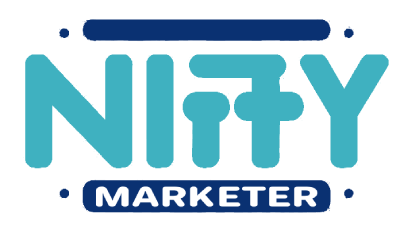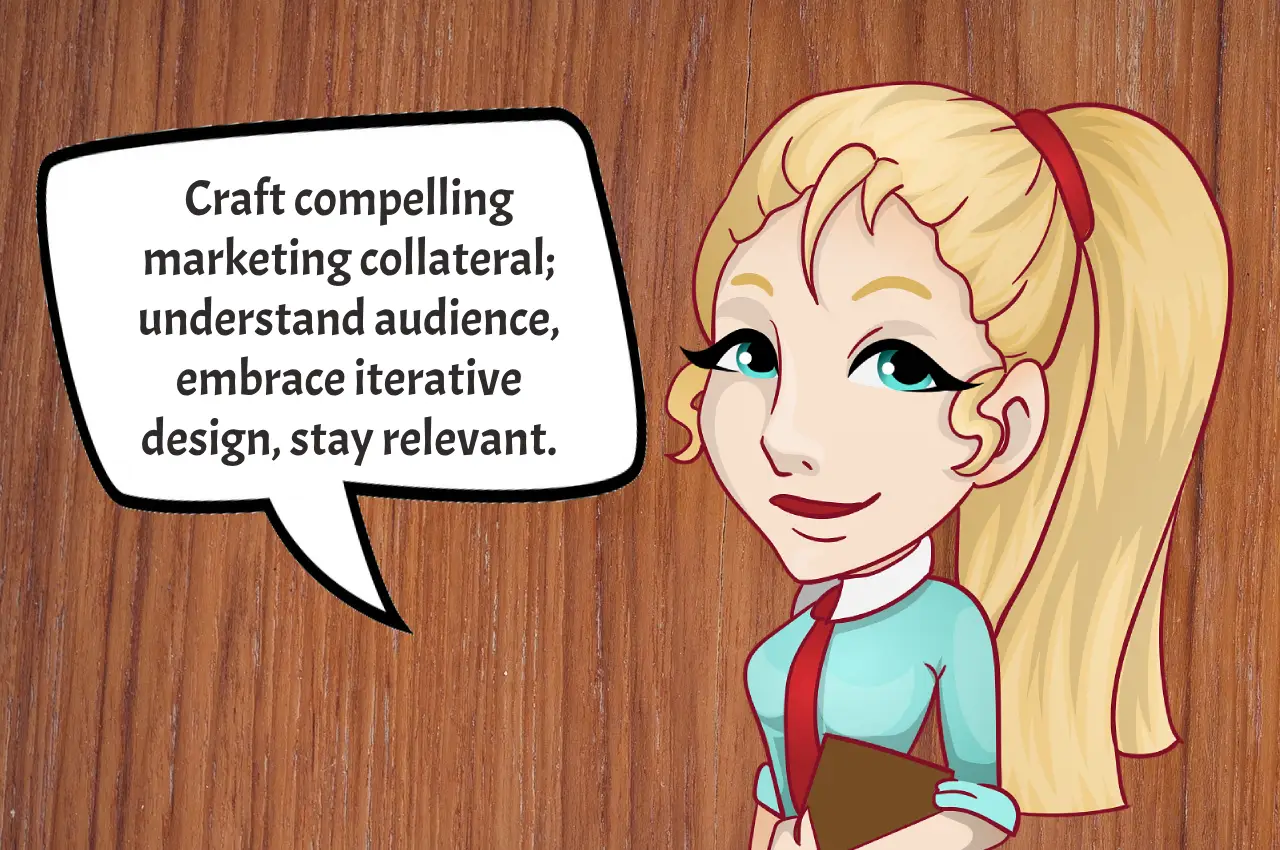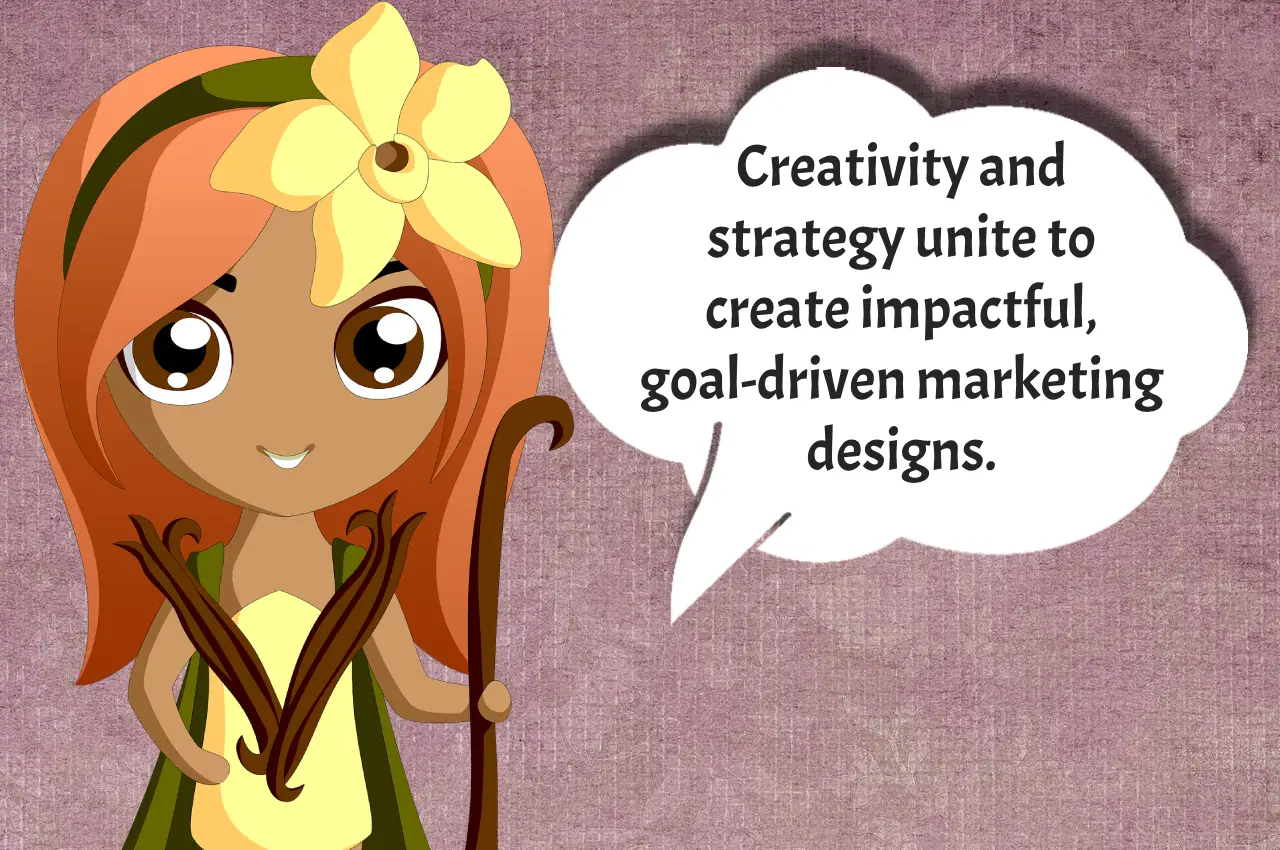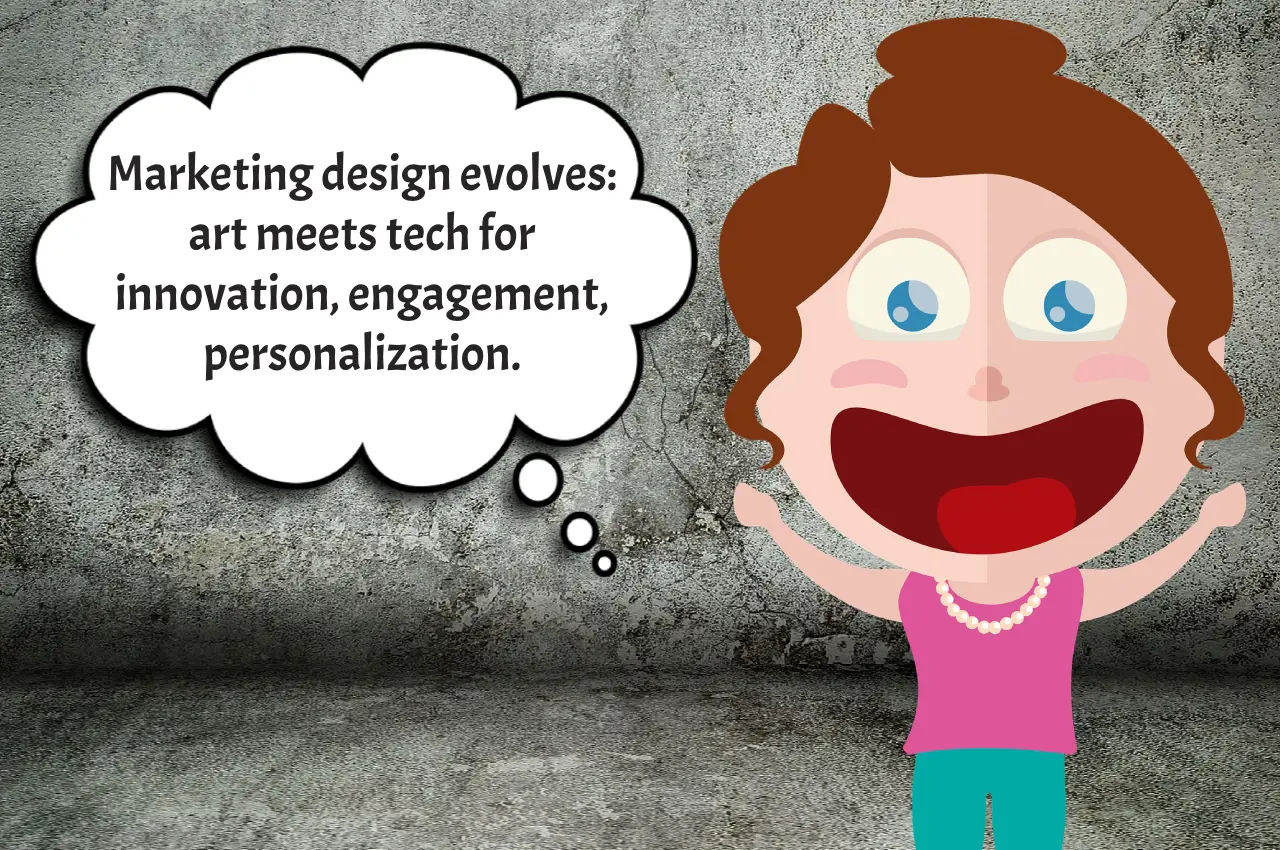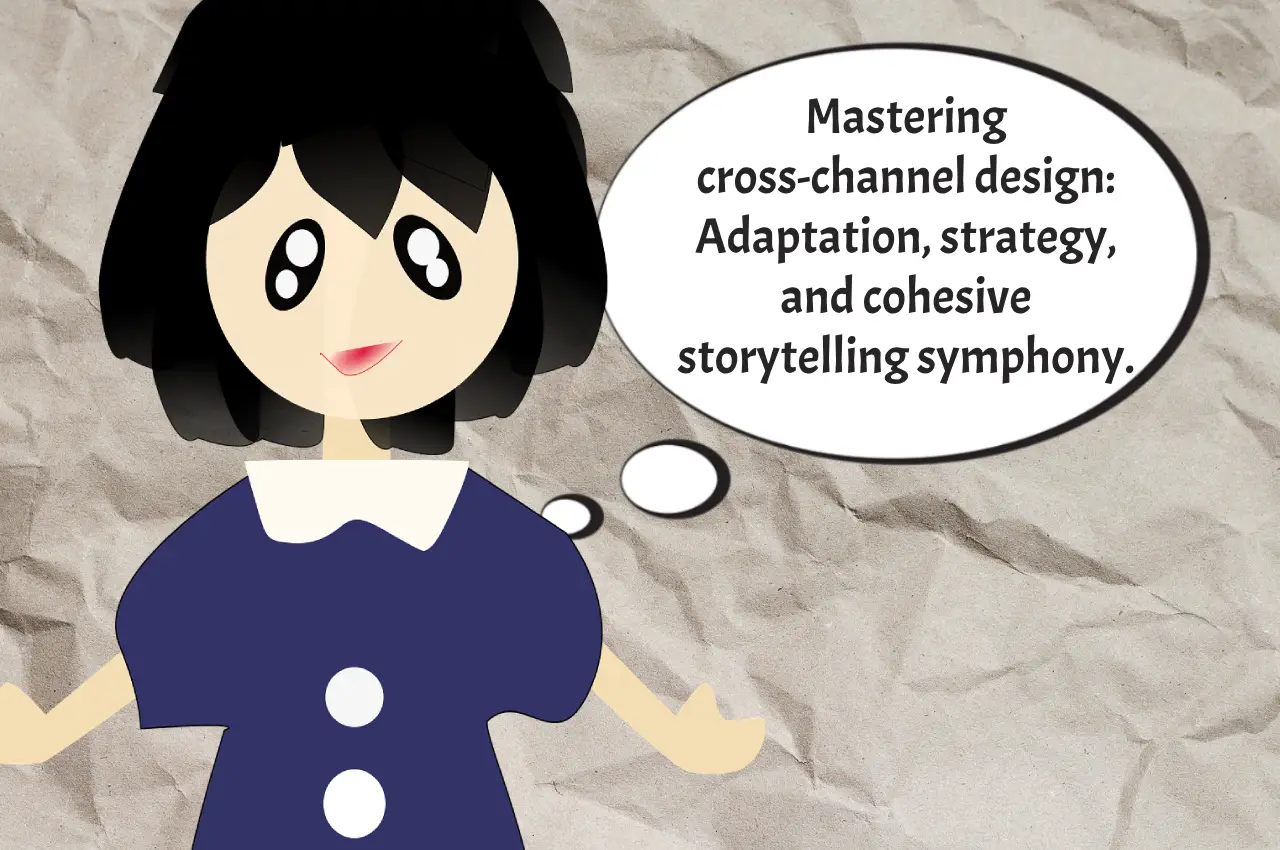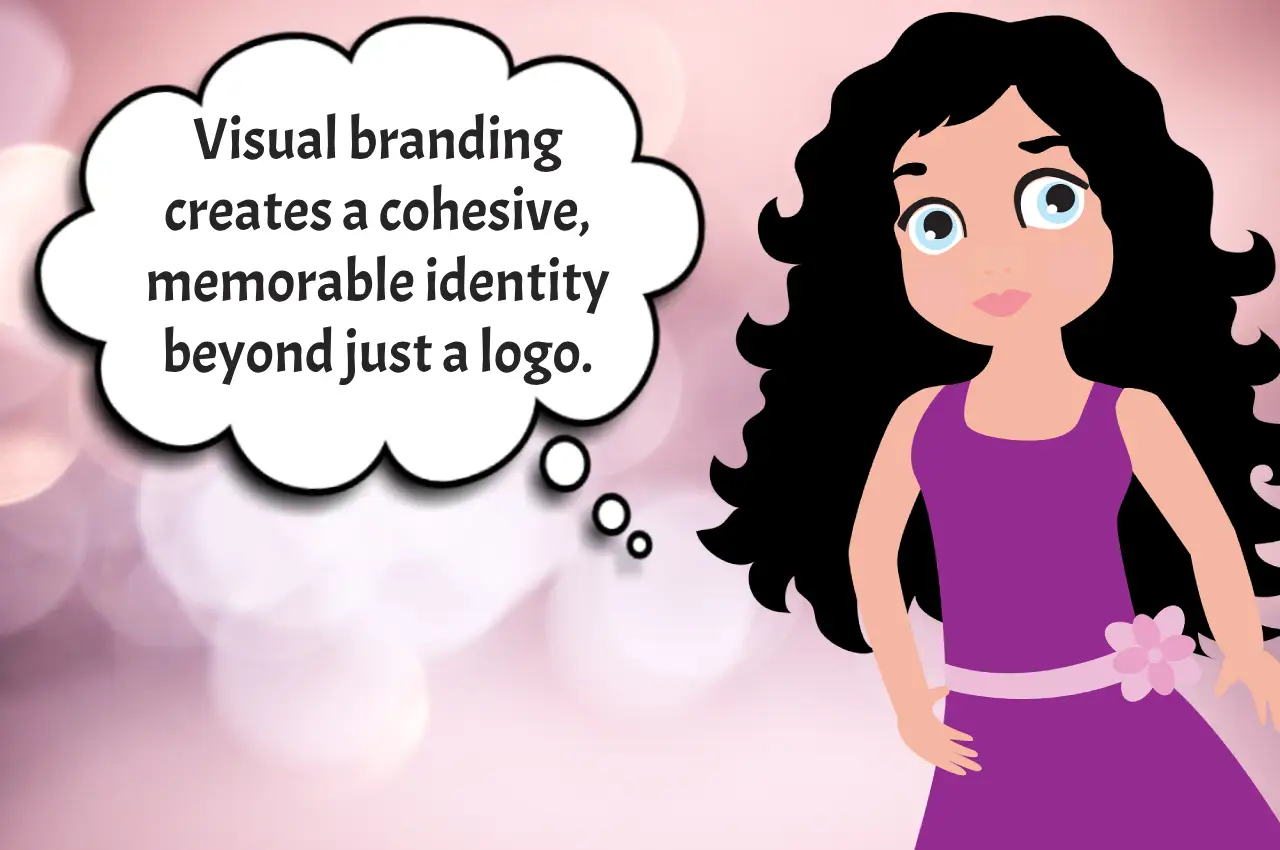In the fast-paced realm of marketing, the visual appeal of your brand is often the first impression. Your marketing collateral – from brochures to social media graphics – serves as the face of your business. But how does one transform a concept into compelling collateral that resonates with the audience? Let’s embark on a journey from ideation to creation.
Understanding Your Audience
Before diving into the creative process, it’s crucial to comprehend your audience. Who are they? What appeals to them? Understanding your target demographic lays the foundation for effective design. For instance, if you’re targeting a younger, tech-savvy audience, vibrant and dynamic visuals may be more impactful.
Defining the Purpose
Every piece of marketing collateral should have a clear purpose. Whether it’s to inform, persuade, or simply create brand awareness, defining the objective guides the design process. Take the example of a product brochure – its purpose may be to educate customers about features, benefits, and why it’s a must-have.
Sketching Ideas on Paper
The initial spark often comes from a doodle on paper. Sketching allows the freedom to explore various concepts without the constraints of digital tools. For instance, envisioning a logo for a fitness brand might start with rough sketches depicting energy, movement, or strength.
The Digital Canvas: Bringing Ideas to Life
Once the sketches are refined, it’s time to move to the digital realm. Design software like Adobe Creative Suite or Canva becomes the artist’s canvas. This is where color schemes, typography, and imagery come together to form a cohesive visual representation of your brand. For instance, choosing bold and contrasting colors for a call-to-action button can enhance its visibility.
Consistency is Key
Consistency across all marketing collateral is vital for brand recognition. Imagine a potential customer encountering your social media post and later exploring your website – the visual elements should seamlessly align. Consistency builds trust and reinforces brand identity.
Storytelling Through Design
A powerful design tells a story. Consider the journey of a coffee brand. A well-crafted social media post might showcase the origin of the beans, the meticulous roasting process, and the final aromatic cup. Through design, you’re not just selling a product; you’re narrating an experience.
Iterative Process: Embracing Feedback
Design is seldom a one-shot endeavor. Seeking feedback, especially from your target audience, can provide valuable insights. For instance, a financial services company might discover through feedback that their audience prefers a clean and professional look, prompting adjustments to their marketing collateral.
The Impact of Typography
The choice of fonts can significantly influence how your message is perceived. A playful, handwritten font might suit a children’s book cover but could be inappropriate for a legal firm’s brochure. Typography sets the tone and should align with your brand personality.
High-Quality Imagery: Worth a Thousand Words
In the age of visual content, high-quality imagery is non-negotiable. Whether it’s product photos, graphics, or illustrations, investing in professional visuals elevates the overall quality of your marketing collateral. Consider the impact of a crisp, enticing image of a dish in a restaurant menu.
The Power of Simplicity
Simplicity is often underrated. A cluttered design can overwhelm and confuse your audience. A minimalist approach, on the other hand, allows key elements to shine. Think of the iconic Apple marketing – clean, sleek, and focused on the product.
Call to Action: Guiding Your Audience
Every piece of marketing collateral should guide the audience towards a specific action. Whether it’s visiting a website, making a purchase, or signing up for a newsletter, a clear and compelling call-to-action is the culmination of effective design.
Realizing the Vision: Case Studies
Let’s delve into real-world examples. Consider the rebranding journey of a small local bakery. By revamping their logo to reflect a modern aesthetic and using consistent design elements across their social media, website, and packaging, they not only attracted new customers but also strengthened brand loyalty among existing ones.
Engaging Your Team
Collaboration is the secret sauce of successful design. Engage your team, seek their perspectives, and ensure everyone is aligned with the brand vision. In the corporate world, a unified visual identity fosters a sense of belonging among employees.
Staying Relevant: Adapting to Trends
Design trends evolve, and staying relevant is crucial. However, it’s essential to balance trendiness with timeless elements. A vintage-inspired Instagram post might resonate today, but will it stand the test of time? Strive for a balance that ensures longevity.
The Human Touch in a Digital World
In our digitally saturated landscape, injecting a human touch into design is more important than ever. Consider incorporating personal stories, testimonials, or behind-the-scenes glimpses into your marketing collateral. Humanizing your brand fosters a connection with your audience.
Elevate Your Brand with Thoughtful Design
From the initial spark of an idea to the realization of a compelling piece of marketing collateral, the journey is both an art and a science. By understanding your audience, defining a clear purpose, and embracing the iterative nature of design, you can craft visuals that not only capture attention but leave a lasting impact.
Designing marketing collateral is a dynamic process that melds creativity, strategy, and a deep understanding of your audience. What challenges have you faced in your design journey? Are there specific design elements that have yielded remarkable results for your brand? Share your thoughts in the comments below.
